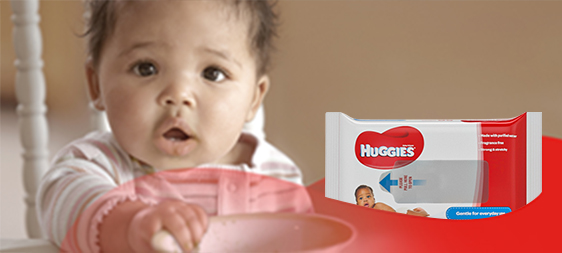Eczema is also known as atopic dermatitis and has skin symptoms like flaking, red patches, cracks, weeping, crusting and itchiness. Bleeding and bacterial infections can also occur. Having a family history of eczema, hay fever or asthma increases your child’s chances of inheriting eczema. Eczema may be controlled or eliminated through dietary changes, especially if your child is over the age of one.
Here are 4 basic steps that work synergistically to prevent eczema:
Allergy Testing
If you suspect your child has allergies, ask your GP for a referral to an allergy specialist. However, allergy testing is not 100% accurate and it does not identify food sensitivities. Allergy avoidance may decrease eczema but it does not treat the underlying cause (this is why the other 3 steps are necessary).
Get a Probiotic that is Specific for Eczema
Probiotic supplements contain beneficial probiotic bacteria that can help to improve a child’s digestive health. There is also excellent scientific research showing that certain strains of probiotic bacteria can successfully treat eczema. When buying a probiotic, look for ones that contain L. fermentum PCC; L. rhamnosus GG (it must be the GG variety) or Bifidobacterium lactis Bb12 (it’s now called Bifidobacterium animalis) as they are specific for improving eczema.
If your baby is under the age of 1 and you are still breastfeeding then you can take the probiotic yourself (as it may alter the flora in your breastmilk)
If your child is over the age of 1 or is bottle feeding, you can add the probiotic to their bottle or cup. Refer to the manufacturer for the appropriate dosage.
Implement Dietary Changes (for 2 months)
Most common flare-up foods for sensitivities include dairy, tomato, eggs, peanuts, wheat, fish, shellfish, strawberries, kiwi fruit, soya, spreads and sauces containing chemicals, and additives such as food colouring (especially yellow and red), artificial flavours and preservatives. Eliminate them from your child’s diet for 2 months, then slowly reintroduce them one by one. If a flare up occurs, then limit the offending food and consult with a nutritionist or medical specialist who has studied nutrition and allergies.




















